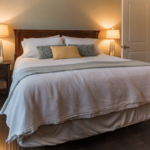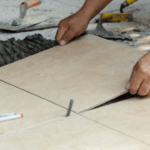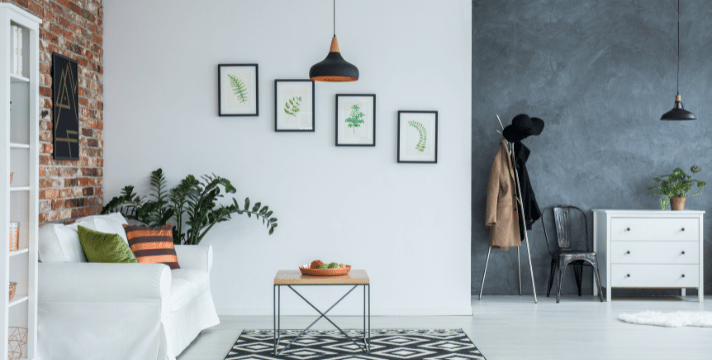Introduction
In the pursuit of creating a more peaceful and comfortable environment, the terms “soundproofing” and “sound absorbing” often come up.
They might sound similar, but they address different aspects of managing sound. Whether you’re setting up a home office, a recording studio, or simply trying to reduce noise in your living space, understanding the distinction between soundproofing and sound absorbing is crucial. Let’s dive in and clear your doubts right now.
Soundproofing: Blocking the Noise
Soundproofing is the process of minimizing or blocking the transmission of sound between spaces. Its goal is to create a barrier that prevents unwanted noise from entering or leaving a room.
Think of soundproofing as creating a shield that stops sound waves in their tracks, so they can’t travel through walls, ceilings, or floors.
There are various soundproofing techniques, such as using dense materials, adding extra layers of insulation, and sealing gaps and cracks.
Soundproofing is essential when you want to isolate a room from external noise sources or ensure privacy within a space.
It’s commonly used in scenarios like home theaters, bedrooms, and recording studios, where keeping external noise out or containing sound within is a top priority.
Sound Absorbing: Taming the Echoes
On the other hand, sound absorbing focuses on reducing the reflection and reverberation of sound within a space.
When sound waves hit hard surfaces like walls, floors, and ceilings, they can bounce back and create echoes. Sound absorbing materials are designed to soak up these sound waves, preventing them from bouncing around and causing acoustic issues.
Sound absorbing materials are often used in spaces where you want to improve the quality of sound within the room itself.
For instance, in recording studios, concert halls, and auditoriums, sound absorbing panels, acoustic foam, and other specialized materials are strategically placed to enhance the acoustics. They help achieve a balanced sound, reduce echoes, and create a more pleasant auditory experience.
The Difference Made Clear
To put it simply, soundproofing aims to keep sound from getting in or out, while sound absorbing focuses on controlling the sound quality within a space.
Soundproofing involves creating a physical barrier that impedes sound transmission, while sound absorbing involves using materials that capture and dissipate sound waves.
When to Use Each Method
- Use soundproofing when you want to block external noise sources, ensure privacy, and prevent sound from escaping or entering a room. It’s ideal for spaces where noise isolation is critical.
- Use sound absorbing when you want to improve the acoustics within a room, reduce echoes, and enhance the quality of sound for better audio experiences. It’s particularly important in spaces where clear and balanced sound is desired.
Finding the Balance
In many cases, a combination of both soundproofing and sound absorbing techniques is the key to creating an optimal auditory environment.
For example, in a home theater, you might use soundproofing to keep external noise out and sound absorbing materials to enhance the audio quality within the room.
Conclusion
Understanding the distinction between soundproofing and sound absorbing is essential for creating the right environment for your needs.
Whether you’re aiming to create a quiet sanctuary, a home recording studio, or a space with exceptional acoustics, knowing when and how to apply these techniques will help you achieve the desired results.
So, the next time you embark on a project to manage sound, you’ll be armed with the knowledge to make the right choices.










